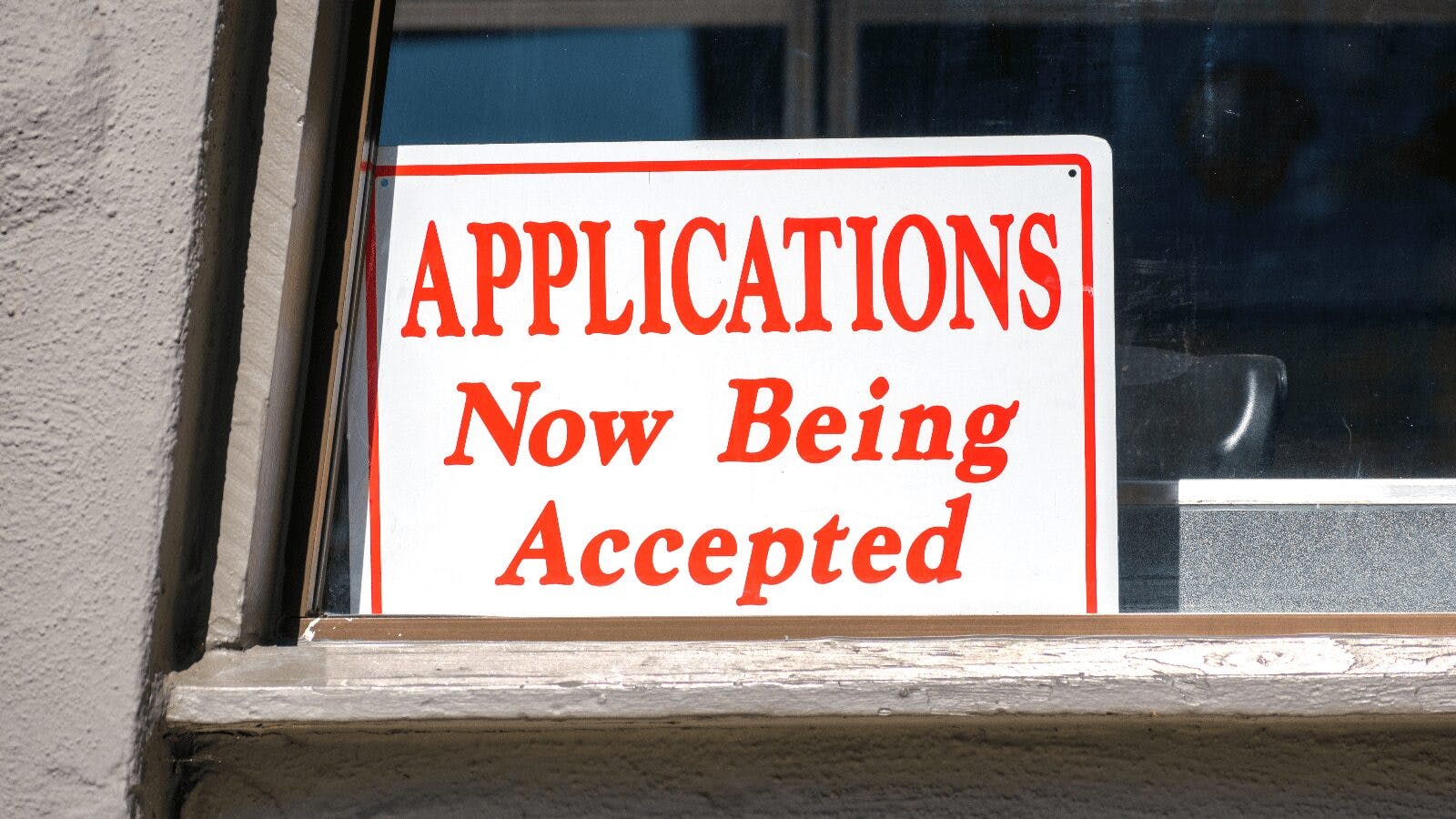Fidelity Digital Assets To Double Headcount by End of Year
About half of the 210 open roles focus on client services amid the company’s planned expansion

Source: Shutterstock
- Hiring spree to help the business expand its support for assets other than bitcoin, such as ether
- Planned growth follows Fidelity revealing that it would allow individuals to allocate a portion of their retirement savings to bitcoin
Fidelity Investments’ digital asset arm is seeking to double its headcount by the end of the year amid its push to expand its support for assets other than bitcoin.
The company, which currently employs more than 200 people, is seeking to add 210 workers to its force, a Fidelity spokesperson told Blockworks. This includes about 100 client service roles, 50 custody operations jobs and about 30 roles each in execution services and technology building.
The pending hiring spree will help the business expand its support for assets other than bitcoin, such as ether, as well as 24/7 trading, customer service and cloud migration, a representative said. It will also allow the company to better provide services to clients, such as new compliance and tax reporting tools, as the business grows.
Founded in 2018, Fidelity Digital Assets is a subsidiary of Fidelity Investments, which had assets under administration of $11.3 trillion, as of March 31. It has a digital asset custody and trading platform designed for institutions and an asset management business offering crypto investment products.
Some of the upcoming hires will fall under the leadership of Peter Jubber and Chris Tyrer, who have recently transitioned to new roles.
The company revealed internally last week that Jubber, formerly the head of its distinct digital asset management business, now leads enterprise engagement for Fidelity Digital Assets. He will focus on boosting education for associates as the firm seeks to develop a “holistic” digital assets offering.
Tyrer, who has led Fidelity’s international business, now also oversees the digital asset management offering within Fidelity Digital Assets.
“These shifts won’t have any impact on Fidelity Digital Assets’ clients but were made to align with the needs of the business as it continues to grow,” a Fidelity spokesperson said.
Fidelity has made headlines for its crypto initiatives in recent months. In addition to debuting a metaverse experience and two crypto-related ETFs, the company announced last month that it would allow individuals to allocate a portion of their retirement savings to bitcoin through its 401(k) platform.
Sen. Elizabeth Warren, D-Mass., and Sen. Tina Smith, D-Minn., wrote a letter to Fidelity CEO Abigail Johnson, calling crypt investments “a risky and speculative gamble.”
Fidelity privately responded to the senators by their recommended deadline of May 18 to address some of their concerns, a spokesperson told Blockworks.
“The [Digital Asset Account] offering features several institutional consumer safeguards including but not limited to, excessive trading oversight, investing limits, transparency, market-leading education, and cyber-security features,” the representative said. “Fidelity looks forward to continuing the dialogue on this exciting offering with federal regulators and policymakers consistent with our approach to many new services we offer our customers.”
Fidelity Digital Assets’ efforts to double the company’s headcount come after Tom Jessop, president of Fidelity Digital Assets, said in an interview with Bloomberg last July that the company was hoping to add 100 people specializing in technology and operations.
Jessop noted at the time that the company wants to “be ahead of [ether] demand,” and allow crypto trades throughout more of the week.
Get the news in your inbox. Explore Blockworks newsletters:
- The Breakdown: Decoding crypto and the markets. Daily.
- 0xResearch: Alpha in your inbox. Think like an analyst.






